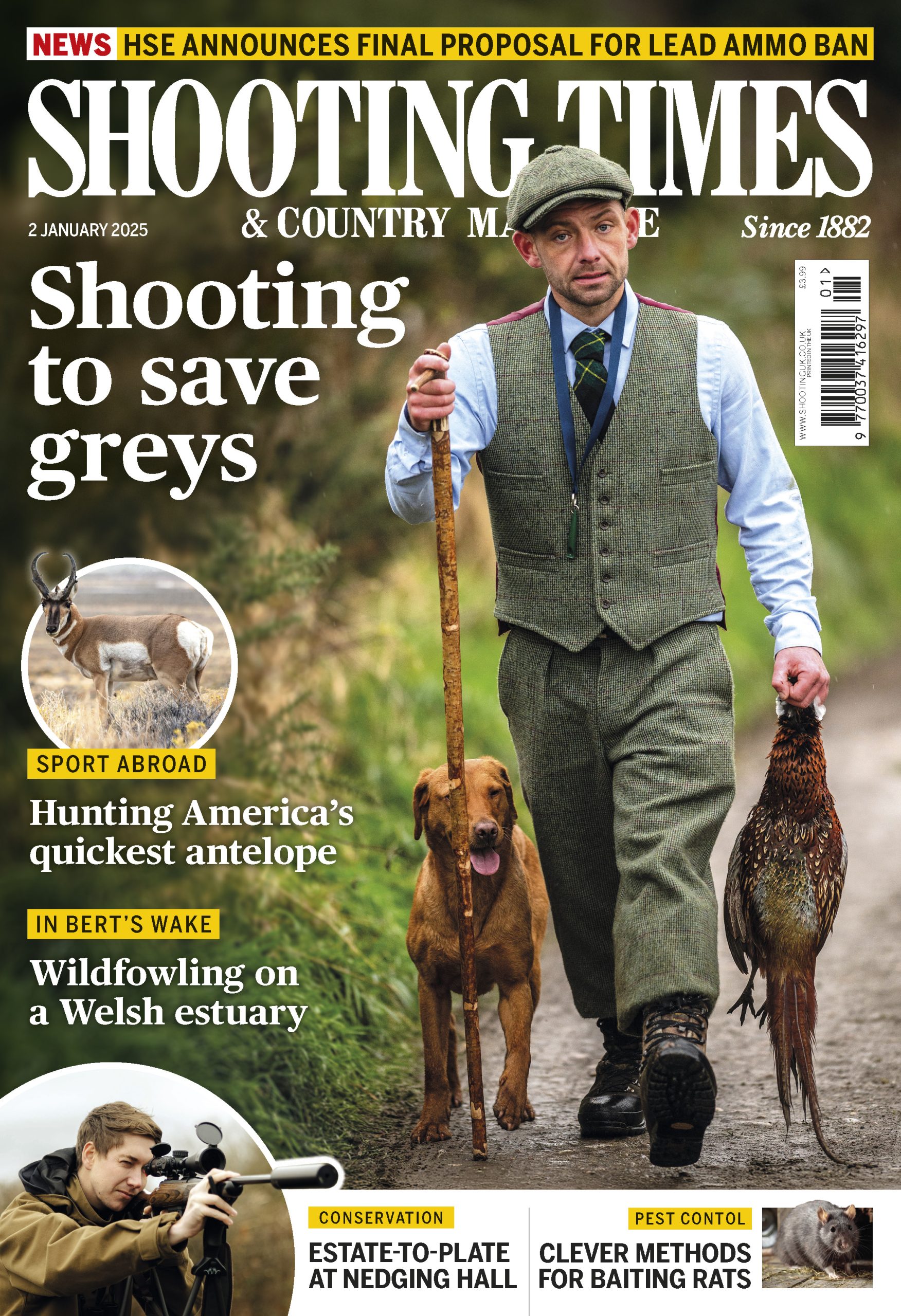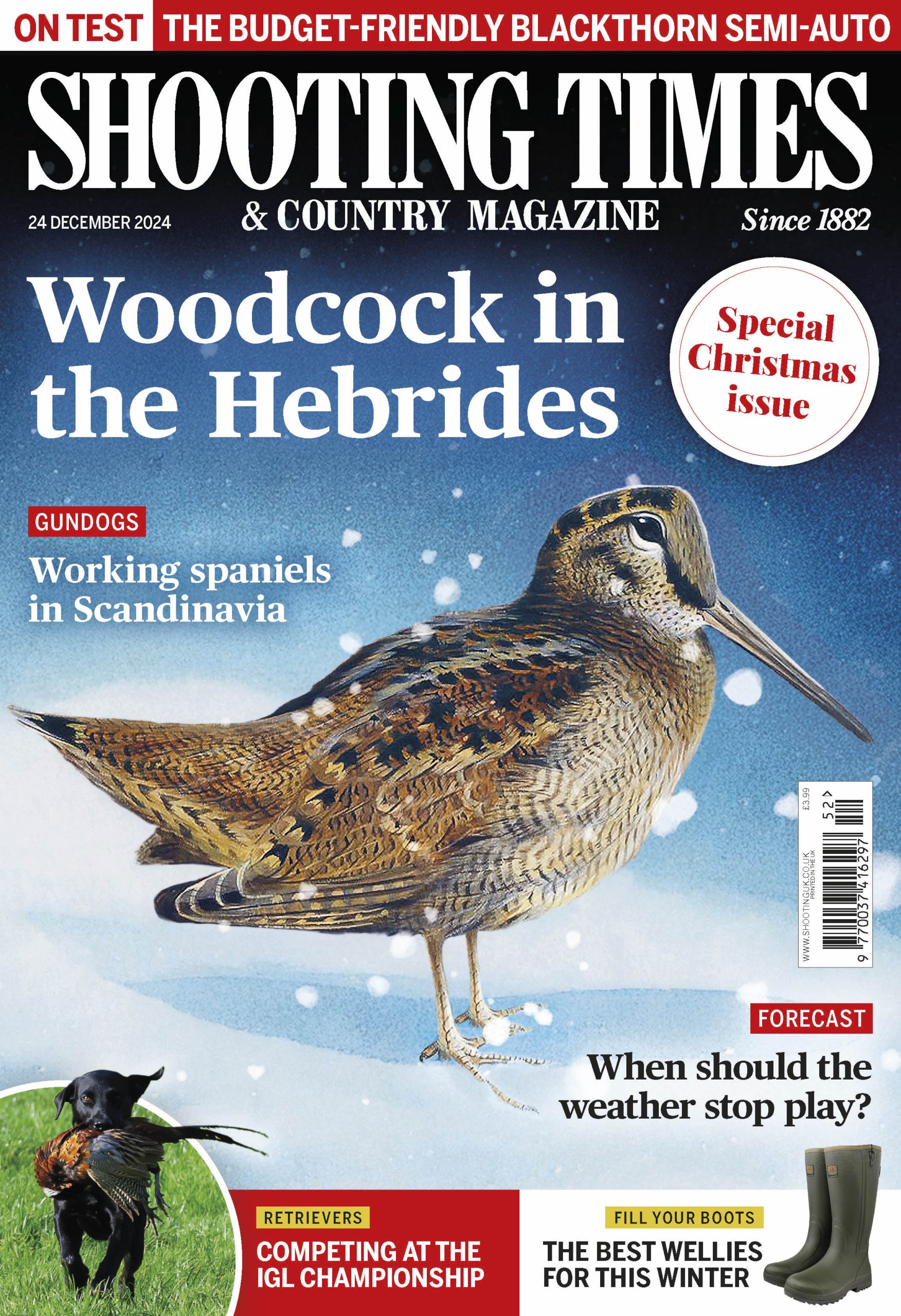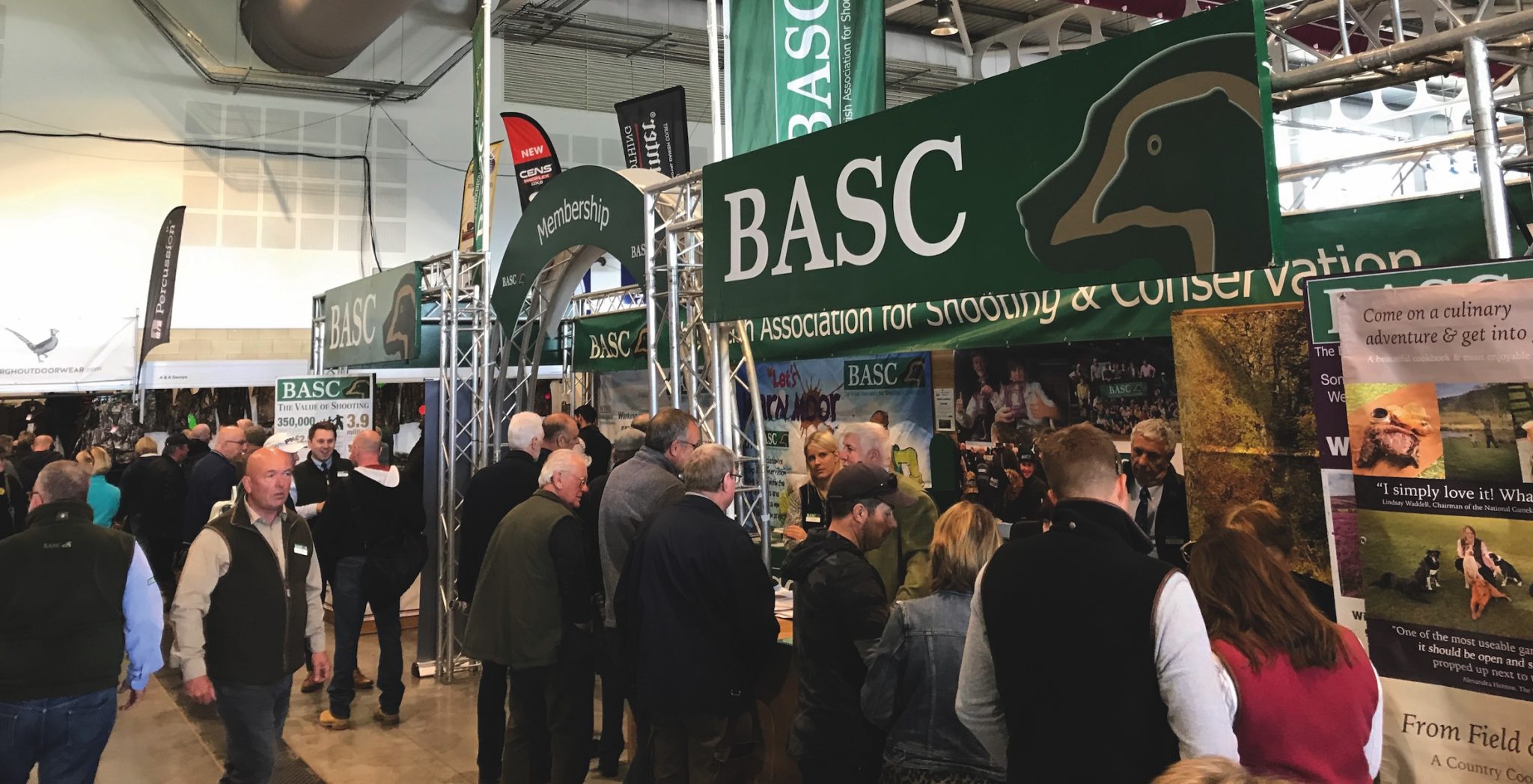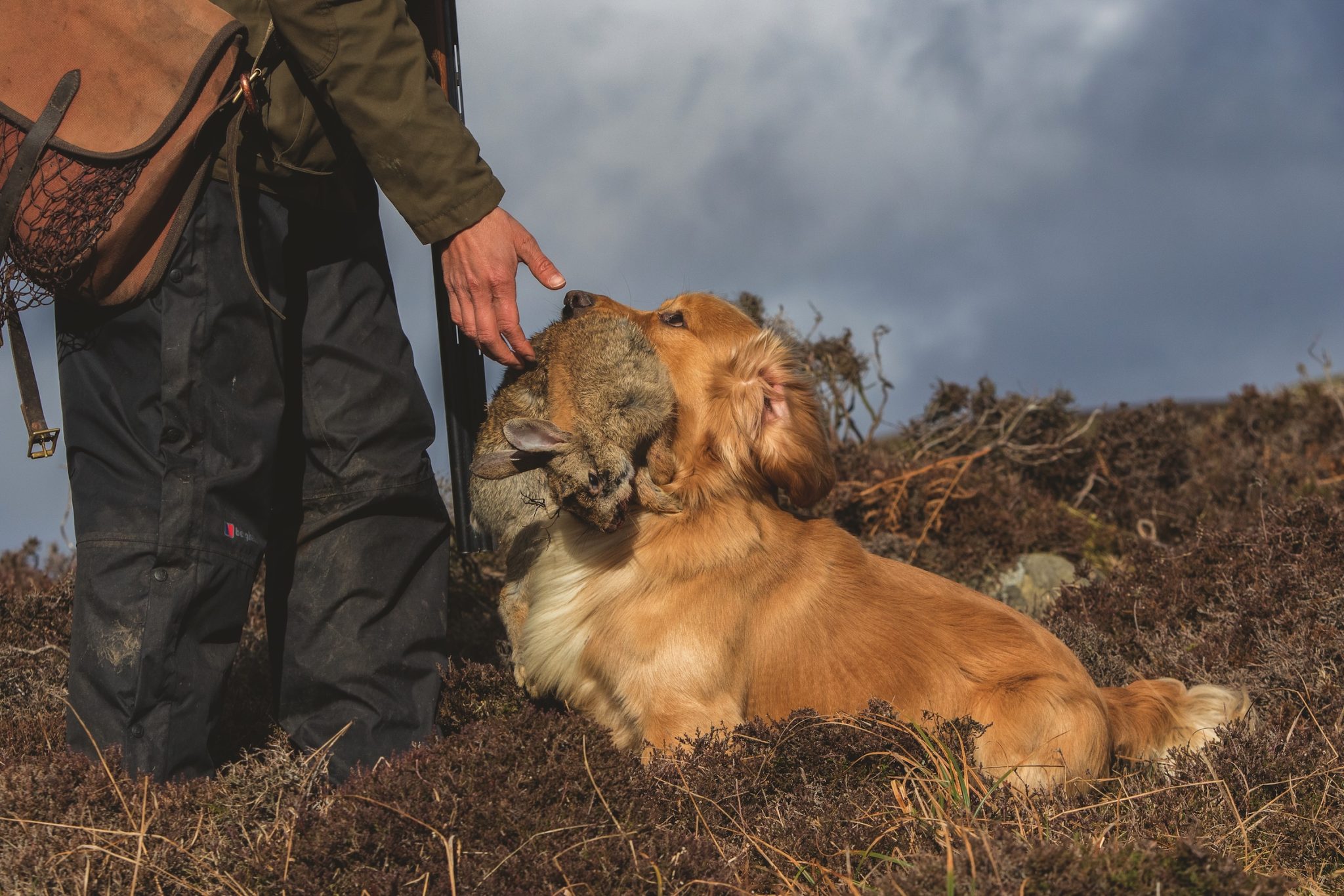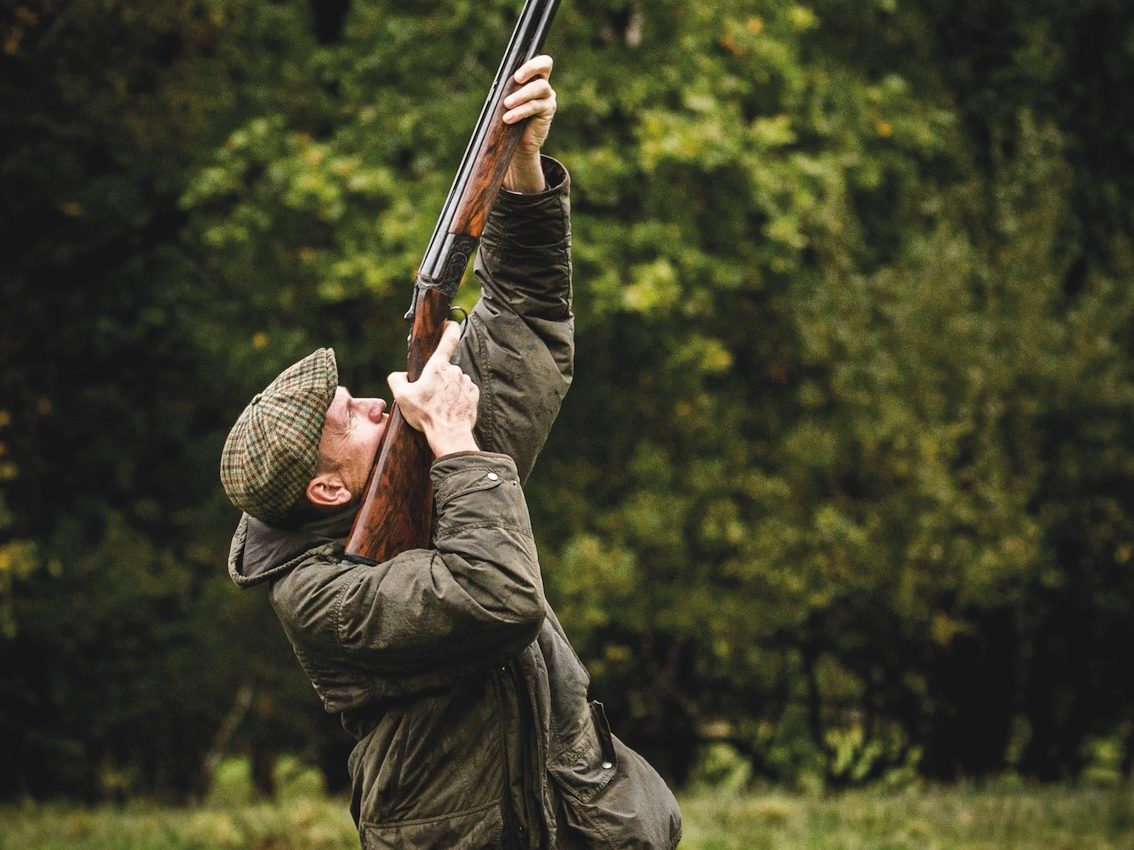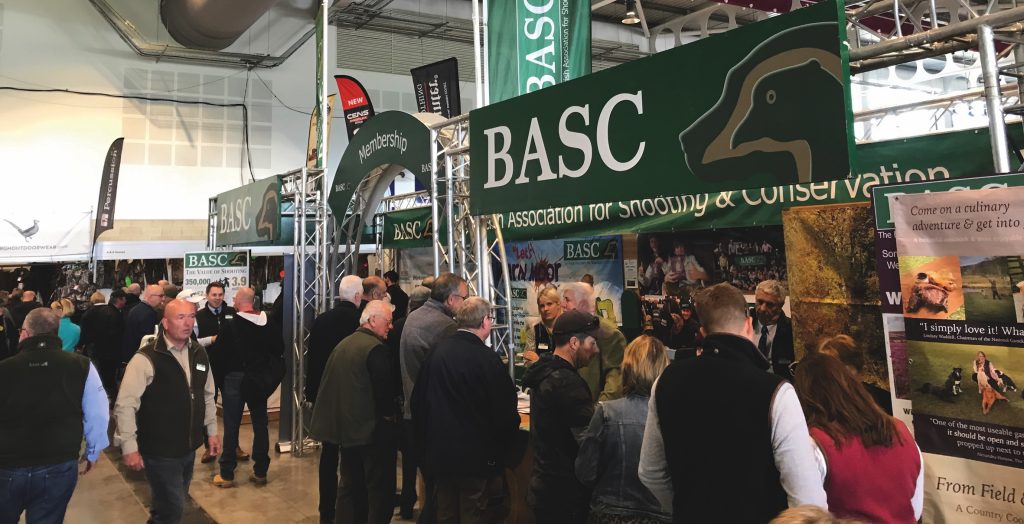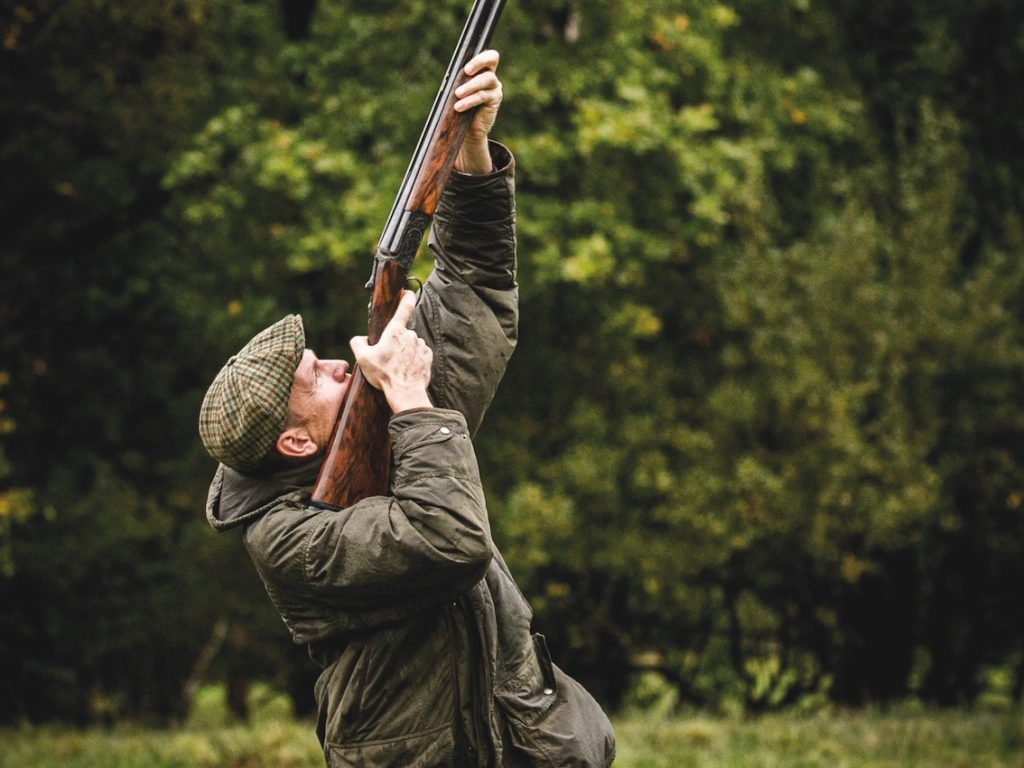Win CENS ProFlex DX5 earplugs worth £1,149 – enter here
Devon fowlers launch cutting-edge mink traps
North Devon’s Taw and Torridge Wildfowling Club is using innovative “smart traps” to protect wildlife and fish, pioneering conservation despite challenges on leased land.
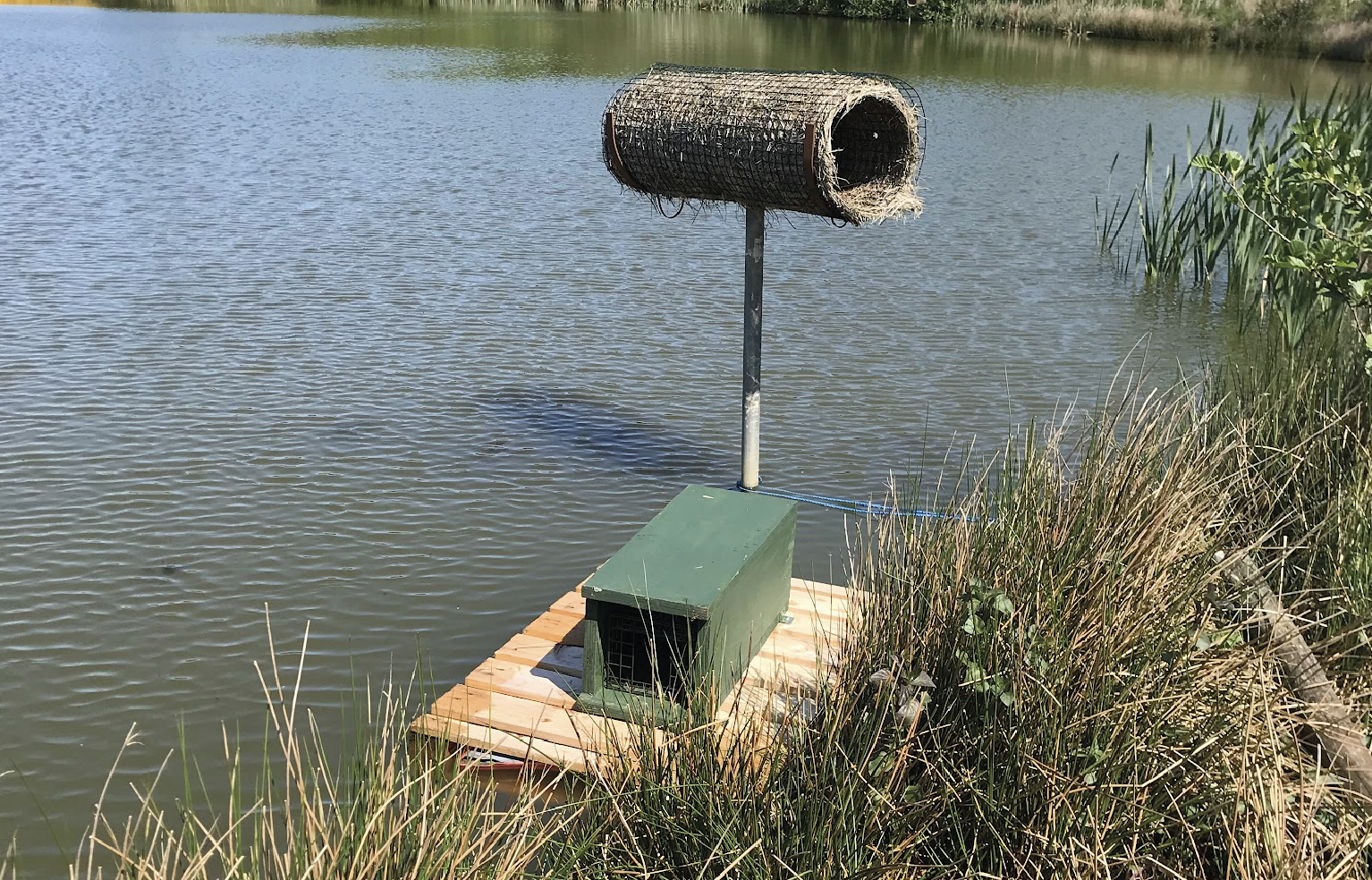
A North Devon wildfowling club is pioneering cutting-edge mink-trapping technology as part of a national eradication effort, finding innovative ways to deliver conservation despite the challenges of operating on leased land.
Conservation challenges on leased land
Taw and Torridge Wildfowling Club (TTWC) doesn’t own any shooting grounds, which limits visible conservation opportunities. Previous proposals for nest boxes along the Tarka Trail were declined by the council landowner on health and safety grounds. Attempts to place duck nest tubes and owl boxes on local nature reserves were also unsuccessful.
Now partnering with the Waterlife Recovery Trust, the club is deploying innovative “smart traps” that eliminate daily checking requirements. Remote sensors send instant alerts to volunteers when triggered, while floating platforms constructed from recycled pallets and bodyboards support specially designed live-catch traps baited with “eau de mink,” a potent scent attractant made from the glands of the mustelids.
Protecting duck nest tubes and fish stocks
Operating from Clovelly Lakes fishery, the programme aims to protect the club’s 25 duck nest tubes and fish stocks. But success requires patience: only eight mink were caught across all of Devon in 2024, demonstrating the long-term commitment needed.
“Moving forward, discussions are under way with a local landowner to place barn owl boxes,” reveals TTWC’s conservation officer Kevin Hyland. The BASC-affiliated club is also researching sand martin restoration projects and considering an artificial kingfisher nest bank.
Did you like this article? Read more news from Shooting UK, or subscribe to Shooting Times & Country magazine.
Related Articles
Get the latest news delivered direct to your door
Subscribe to Shooting Times & Country
Discover the ultimate companion for field sports enthusiasts with Shooting Times & Country Magazine, the UK’s leading weekly publication that has been at the forefront of shooting culture since 1882. Subscribers gain access to expert tips, comprehensive gear reviews, seasonal advice and a vibrant community of like-minded shooters.
Save on shop price when you subscribe with weekly issues featuring in-depth articles on gundog training, exclusive member offers and access to the digital back issue library. A Shooting Times & Country subscription is more than a magazine, don’t just read about the countryside; immerse yourself in its most authoritative and engaging publication.
